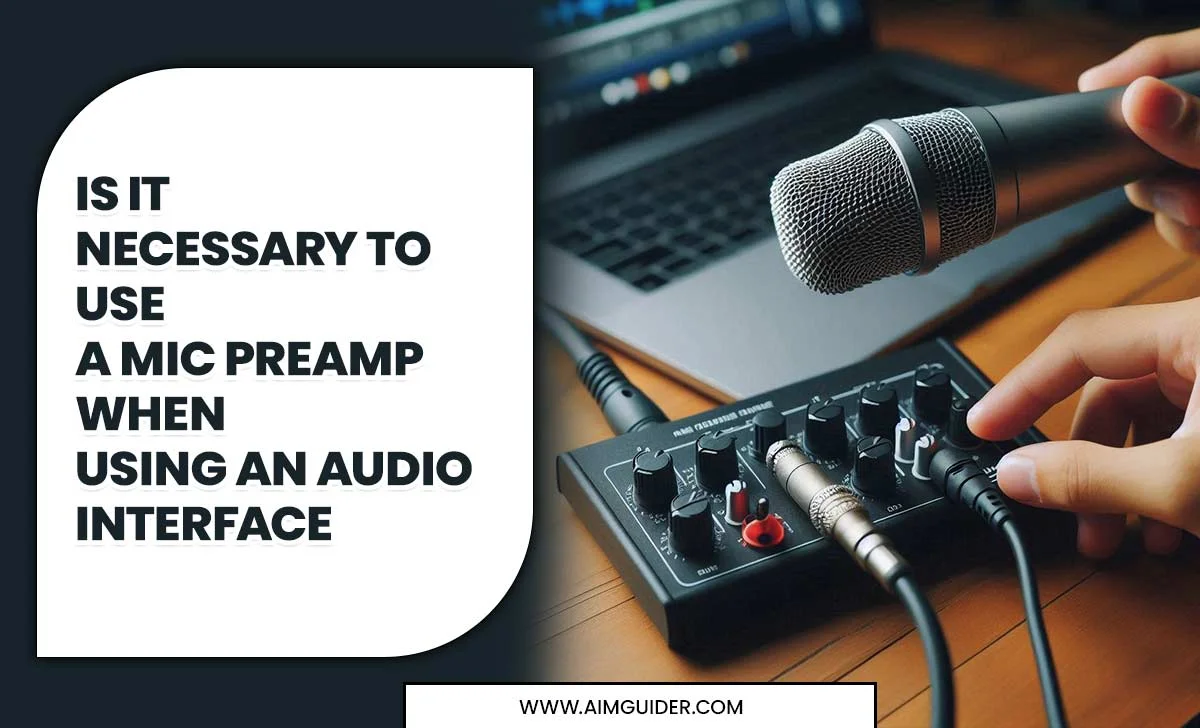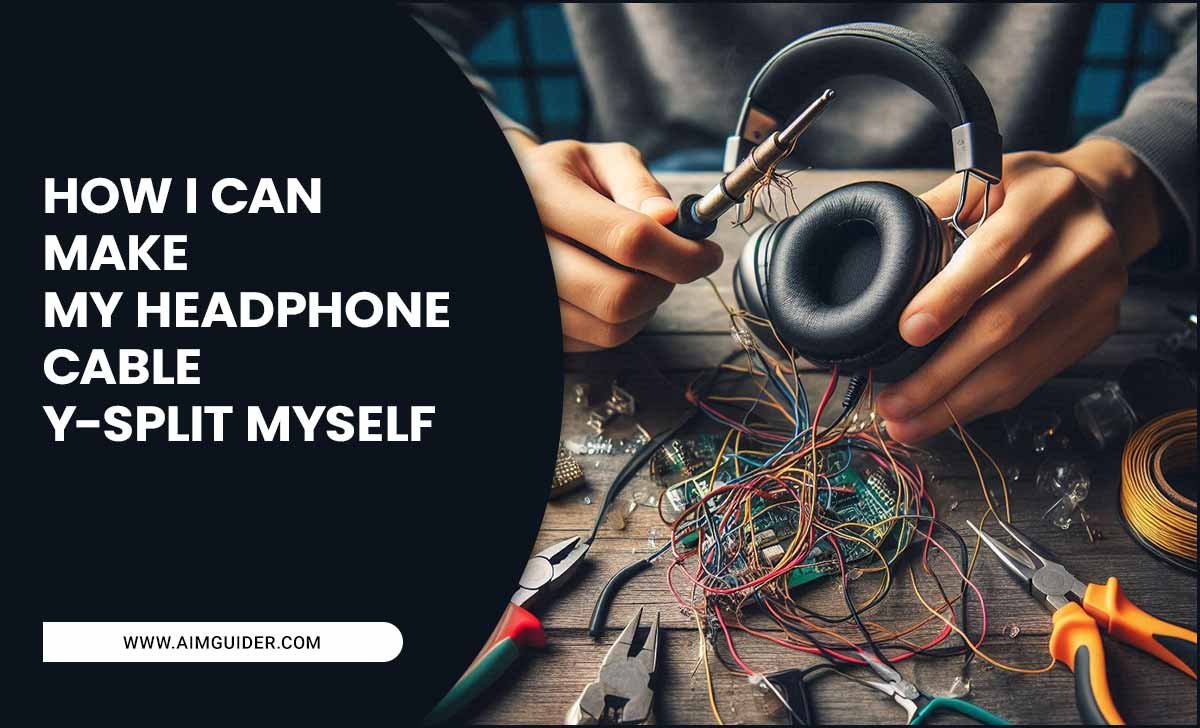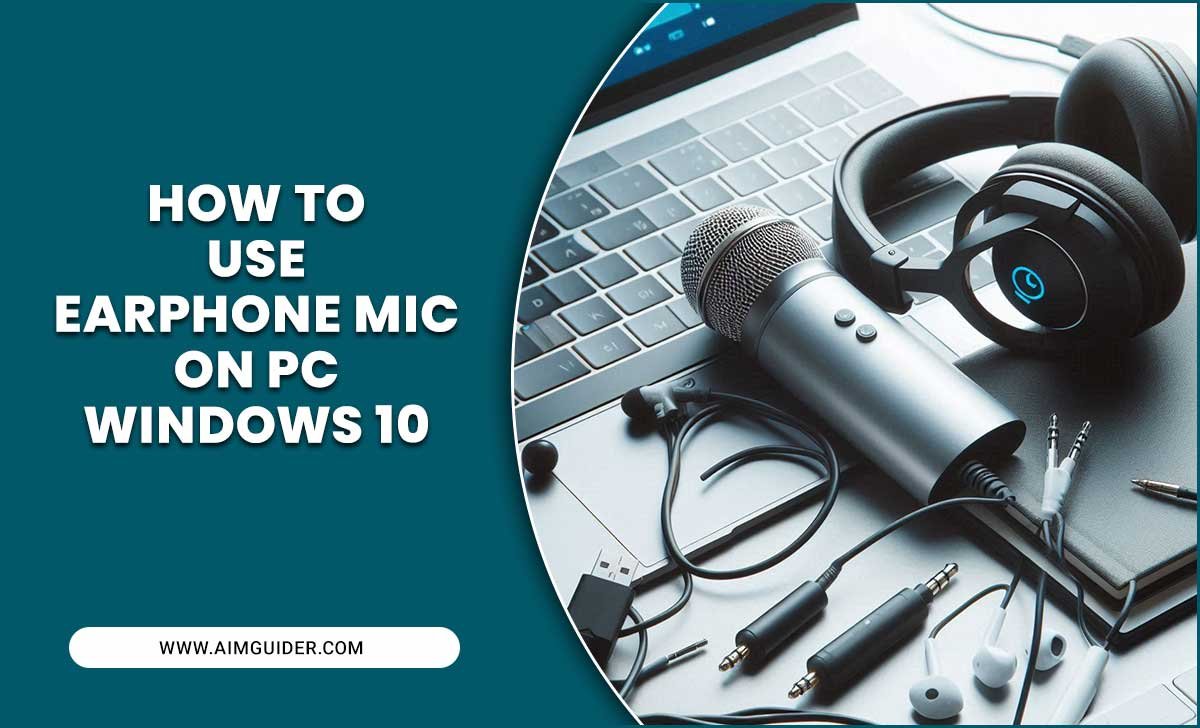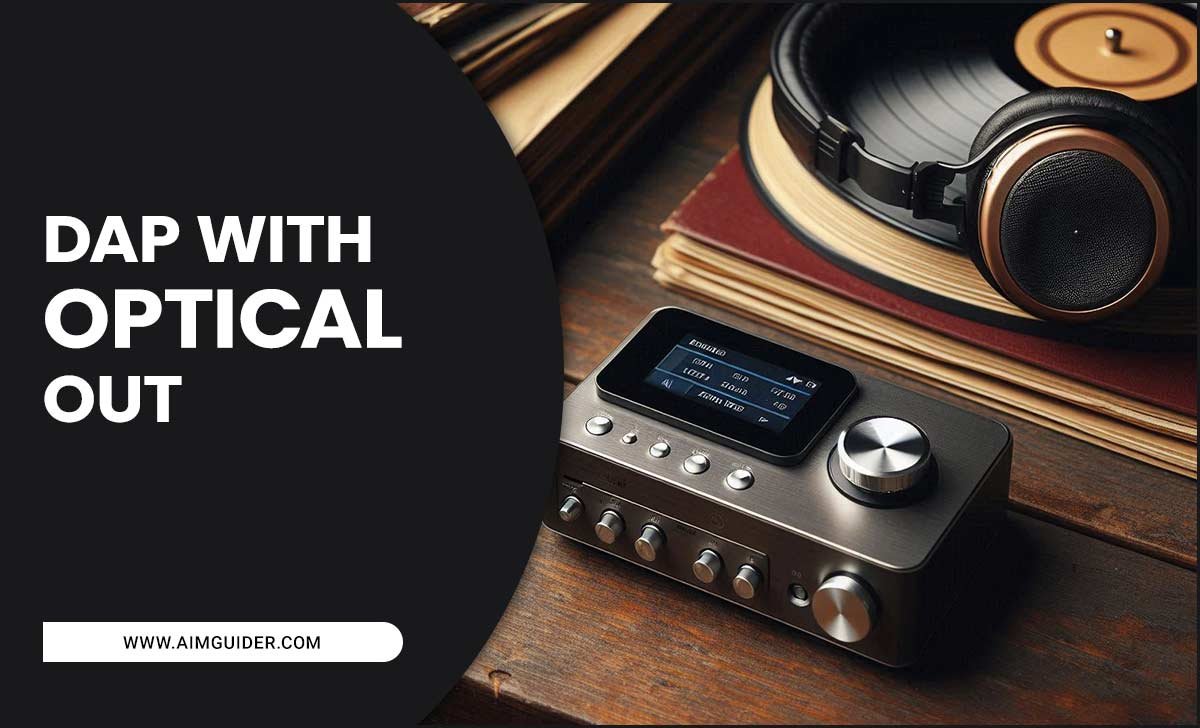Do you ever wonder what all those ports on your TV do? You’re not alone! Many people look at their TVs and feel confused. The truth is, each port has a special job. Understanding TV ports can help you connect your favorite devices.
Imagine you just got a new gaming console or a streaming box. You plug it into your TV, but then what? Knowing about HDMI, USB, and other TV ports makes using your devices easier. It’s like having the right keys for different doors!
In this article, we will break down the world of TV ports. We’ll explain what each one does, making it simple for everyone. So, if you’re ready to learn about how to connect everything perfectly, let’s dive in!
Tv Ports Explained: Understanding Different Types And Uses

TV Ports Explained
TV ports are the little openings on your television. They let you connect devices like game consoles or streaming boxes. What if you plug in a device and it doesn’t work? That’s where knowing about these ports is key! Common ports include HDMI, USB, and Ethernet. Each one has a special job. Did you know that most modern TVs can connect to the internet? Understanding these ports can make watching TV much more fun!
Types of TV Ports
HDMI: Features, benefits, and common uses. USB: Purpose and different versions (USB 2.0, USB 3.0).
HDMI ports are the superheroes of the TV world. They connect your TV to devices like game consoles and streaming boxes. The great thing about HDMI is it carries both video and audio in one cable. No more messy wires! And guess what? Most modern gadgets use it.
USB ports, on the other hand, are like the Swiss Army knives of connectivity. They help you charge devices or transfer data. There are two main types: USB 2.0 is the old reliable, while USB 3.0 is the speedy cheetah, zipping data to your devices faster than you can say “plug it in!”
| Type | Speed | Common Use |
|---|---|---|
| USB 2.0 | Up to 480 Mbps | Charging and basic data transfer |
| USB 3.0 | Up to 5 Gbps | Quick data transfer |
HDMI Ports in Detail
Standard vs. High Speed HDMI: Differences and recommendations. HDMI ARC and eARC: What they are and how they enhance audio experience.
HDMI ports come in different types. You might have heard about Standard and High Speed HDMI. Standard HDMI can support basic video quality. High Speed HDMI offers better resolution and is great for 4K content. It’s best for gaming or streaming.
Have you heard of HDMI ARC and eARC? They improve sound quality for your TV. ARC stands for Audio Return Channel. It lets your TV send audio back to a sound system. eARC is an upgraded version. It delivers even better sound with less lag.
- Standard HDMI: Basic video quality.
- High Speed HDMI: Supports 4K and faster refresh rates.
- HDMI ARC: Simple audio connection.
- HDMI eARC: Best audio experience with high fidelity.
What are the differences between Standard and High-Speed HDMI?
The main difference is the data speed. High Speed HDMI transfers more data for better quality images.
How does HDMI ARC enhance audio experience?
HDMI ARC lets your TV send sound back to sound systems. This means better sound from your movies and shows.
Other Important Video Connections
VGA and Component Video: When to use them. Composite Video: Understanding its relevance in modern TVs.
VGA and Component Video are important connections for older devices. Use VGA for computers when connecting to a monitor. It gives clear images but is becoming less common. Component Video separates colors for better quality. Use it when you want sharper pictures for games or movies.
Composite Video combines all signals into one cable. While older TVs still use it, it doesn’t offer the best quality. Many new TVs focus on HDMI instead. However, it’s still relevant in some older devices.
Why do we still use Composite Video?
Composite Video is popular with older devices and basic setups. It lets you connect things like DVD players and older game consoles easily, even if the picture isn’t the best.
- VGA: Great for older computers.
- Component: Ideal for better quality video.
- Composite: Works but gives lower quality images.
Audio Connections for TVs
Optical Audio Outputs vs. HDMI: Which is better?. RCA Audio Inputs: What to know for legacy devices.
When it comes to audio connections, there’s a battle brewing! On one side, we have Optical Audio Outputs. They offer crisp sound but can be a bit picky. On the other side, we have HDMI. It’s like the cool kid in school, carrying both audio and video in one cable. Which is better? Well, it depends on your setup. If you love simplicity, HDMI wins! But if you have older devices, you’ll want to check those RCA Audio Inputs. They’re like your grandparents’ favorite record player—classic and reliable.
| Connection Type | Pros | Cons |
|---|---|---|
| Optical Audio | Clear sound, good for sound systems | Limited to sound only |
| HDMI | Carries both sound and video, easy to use | Can be more expensive |
| RCA Audio | Great for old devices | Lower sound quality |
Choose wisely, and may your movie nights be filled with amazing sound! Remember, good audio can make even the silliest cartoons sound epic.
Internet and Streaming Ports
Ethernet Ports: Importance in smart TVs. WiFi Integration: How it eliminates the need for physical ports.
Ethernet ports are key for smart TVs. They help connect your TV directly to the internet. This wired connection is often faster and more stable than Wi-Fi. It means less buffering while streaming. Many people prefer this for online games or high-quality videos.
Wi-Fi integration makes things even simpler. You don’t always need a cable. With Wi-Fi, you can watch shows and movies from anywhere in your home. This freedom is great for big families or when you’re relaxing on the couch.
What are the benefits of using Ethernet for smart TVs?
Ethernet provides faster speeds and better stability than Wi-Fi. This can be crucial when streaming high-definition content or playing online games.
Wi-Fi Integration Benefits:
- No physical cables needed
- Easy to connect multiple devices
- Access from anywhere in the home
Understanding Port Compatibility
Adapters and Converters: When to use them. Futureproofing: Choosing the right ports for upcoming technologies.
Adapters and converters are handy tools for connecting devices. If your TV has a different port than your device, these tools make it work together. For example, an HDMI to VGA adapter can help link older monitors with modern devices. Futureproofing is also vital. Choose ports like HDMI or USB-C. These are popular now and will likely remain useful for years. This way, you won’t need to replace your equipment soon.
When should you use adapters or converters?
You should use them when your devices have different ports.
Tips for choosing ports:
- Check the ports on your TV and devices.
- Consider future devices you may buy.
- Look for versatile ports that connect to multiple devices.
Common Issues with TV Ports
Identifying and troubleshooting connectivity problems. Best practices for maintaining ports and cables.
Many people face problems with their TV ports. These issues can be due to dirt, loose cables, or damaged parts. To fix connectivity problems, start by checking all connections. Make sure cables are tightly plugged in. Clean the ports gently to remove dust. Follow these best practices:
- Check cables regularly for wear.
- Use proper storage to avoid tangling.
- Unplug devices when not in use.
Keeping your ports and cables in good shape ensures a smooth viewing experience.
What should I do if my TV won’t connect?
If your TV won’t connect, first check cable connections. Then restart the TV and connected devices. If issues persist, look for software updates.
Conclusion
In summary, understanding TV ports helps you connect your devices easily. HDMI and USB ports are common and important. Each port serves a unique purpose, like video or audio. Now that you know about them, check your TV and devices. Make sure you use the right ports for better entertainment experiences. Happy viewing!
FAQs
Sure! Here Are Five Related Questions About Tv Ports:
Sure! TV ports let you connect different devices to your TV. For example, you might connect a game console or a DVD player. Each port has a specific shape, so it fits only certain cables. This helps the TV show pictures and sounds from those devices. Make sure to use the right cable for the best results!
Sure! Please provide the question you would like me to answer.
What Are The Most Common Types Of Ports Found On Modern Televisions, And What Are Their Primary Functions?
Most modern TVs have HDMI ports. You use HDMI to connect devices like game consoles or DVD players. There are also USB ports that let you play videos from flash drives. Another type is the Ethernet port, which connects your TV to the internet for streaming. Finally, some TVs have headphone jacks for listening with headphones.
How Do Hdmi Ports Differ From Displayport And Which One Is More Suitable For Gaming Consoles?
HDMI stands for High-Definition Multimedia Interface, and it is commonly used for TVs and gaming consoles. DisplayPort is another type of connection that is often used for computer screens. HDMI usually supports more devices like game consoles, while DisplayPort is better for high-quality computer displays. For gaming consoles, HDMI is more suitable because it easily connects to most TVs and offers good sound and picture.
What Is The Purpose Of Usb Ports On A Tv, And Can They Be Used To Connect External Storage Devices?
USB ports on a TV let you connect different devices. You can use them to plug in things like a phone, camera, or USB drive. If you have an external storage device, you can also connect it to watch videos or see pictures. They help make your TV even more fun and useful!
How Do Audio Output Ports Like Optical And Rca Enhance The Sound Experience When Connecting A Tv To External Speakers Or Sound Systems?
Audio output ports like optical and RCA help us hear better sound from our TV. Optical connections send sound as light, which means less noise and clearer sound. RCA uses red and white plugs to carry sound, giving us great quality too. When we connect our TV to external speakers, we enjoy louder and nicer sound. This makes our movies and games much more fun!
What Should Consumers Consider When Selecting A Tv Based On The Number And Type Of Ports Available?
When choosing a TV, think about what you will connect to it. Look for enough ports, like HDMI, to plug in your game console or streaming device. You might also want USB ports for your phone. Check if the ports are easy to reach. Having the right ports makes watching and playing more fun!








